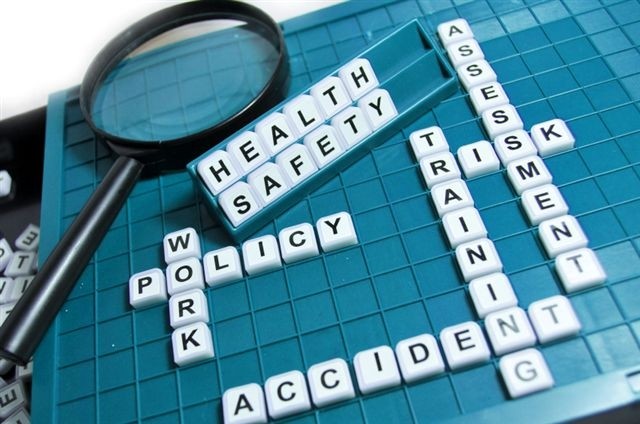Guidance set to make FSMA animal feed rule waters less muddy

The US Food and Drug Administration (FDA) has been working on crafting additional guidance for some of the more complicated parts of the animal food rule that is part of FSMA, said David Fairfield, vice president of feed services at the National Grain and Feed Association.
The two sections of the law that may be causing the most confusion relate to current good management practices (CGMPs) and preventive controls, he told FeedNavigator.
“It’s going through the process now to provide further guidance on what the expectations are on the CGMPs,” he said. “And they’re working on further guidance for preventive [controls].” But that isn’t expected to be completed until 2016, he added.
The new rule, which was published in September, applies to facilities that make, process, pack or hold animal feed and ingredients, he said in a release on the rule. It offers three separate sets of requirements covering: compliance with CGMPs; the need for hazard analysis and risk-based preventive controls; and the use of a supply-chain verification program when a facility counts on the supplier to control a hazard.
Rule details
“No matter what the regulation is, there’s always kind of a transition where industry and FDA work together to better define regulatory obligations, and it just takes time,” he said. “And the final requirements are quite complex.”
The CGMPs cover areas including hygiene and training, operations, facility maintenance, sanitation, the design, use and maintenance of equipment, processes and controls and storage and distribution, he said in the release.
The section regarding hazard analysis requires that a person who has had FDA approved training in risk-based preventive control checks the facility for hazards that might be present, or could be expected, he said. Preventive controls are used for hazards as deemed appropriate by the trained individual.
If preventive controls are needed, then a recall plan and management oversight of the control methods are required, he said.
For a hazard that needs a preventive control, but that will be managed by a supplier, rather than the facility, a supply-chain program is needed, he said. Facilities then can only get the item from an approved supplier. And, facilities have to check that the approved supplier is taking care of the hazard.
However, feed producers that fall under the new rule do have some time to prepare, he said.
Many businesses have until September of 2016 to meet CGMP compliance and the year after to meet preventive control compliance, said FDA officials in the rule.
Smaller businesses, those with fewer than 500 full time employees, have until September 2017 and 2018 for CGMP and preventive control compliance respectively, while very small businesses have until 2018 for CGMP and 2019 for preventive control compliance, officials said. These are businesses making less than $2.5m a year for a three year average.
“FDA has been quite proactive, I think, in understanding that the industry will need help, will need training and one of the main vehicles is the Food Safety and Preventive Control Alliance,” Fairfield said.
The group, of which Fairfield is a member, has been working on developing training for animal feed safety, he said. That is expected to be completed early next year.
Fairfield added that the most common area where companies want more information is to answer the question, “How do I comply?”
That answer isn’t completely clear yet, he said as people are still trying to understand what the rule means.
“I just encourage folks to do what they can to document their procedures, train their employees on their procedures and as necessary to ensure the safety of their products,” he said. “I think that will go a long way to help firms be in a position to comply with the requirements.”







